Dairy Cow Isopods, named for their distinctive black-and-white pattern resembling a Holstein cow, have gained widespread attention among pet enthusiasts and bioactive terrarium hobbyists. Beginning enthusiasts wishing to add a low-maintenance but extremely useful pet to their terrarium will find great value in Dairy cow isopods. Both seasoned keepers and newbies love them for their unusual look and bioactive properties.
What Are Dairy Cow Isopods?
Porcellio laevis are terrestrial crustaceans that thrive in humid, temperate environments. Originally found in many different parts of the globe, they are perfect for beginners because of their adaptability and fortitude. Their strong black-and-white coloring distinguishes them from other isopod species and gives any terrarium visual attractiveness.
In a bioactive environment, these isopods—which are naturally scavengers—eat organic materials, broken-down plant material, and even leftovers. Any bioactive system would be much enhanced by this natural activity since it helps to preserve a clean and healthy terrarium environment.

Why Dairy Cow Isopods Are Perfect for Beginners
Low Maintenance:
Hardy animals needing little maintenance are these isopods. They do best in simple configurations with a steady source of moisture and a substrate of either soil, coco fiber, or leaf litter.
Bioactive Benefits:
Excellent breakers of garbage and dead plant matter, these isopods break down within a terrarium. This helps to preserve cleanliness and supports a balanced ecology, therefore lowering the need for regular cleaning.
Active and Visible:
These isopods are active and social, unlike certain isopod species that hide regularly. Often coming out to hunt and engage, they offer their caretakers an interesting show.
Beginner-Friendly Reproduction:
These isopods are easy to create and maintain a vibrant colony since they breed extensively under suitable conditions.
How to Care for Dairy Cow Isopods
Give a well-ventilated habitat with high humidity and access to rotting leaves, wood, or commercially available isopod food to keep Dairy cow isopods content. To recreate their native environment, make sure the temperature falls between 70 and 85°F and have a damp substrate. Add regular calcium sources like cuttlebone to help with exoskeleton growth.
Anyone interested in bioactive terrariums would find the ideal first pet. For enthusiasts of all stripes, their unusual look, low-maintenance requirements, and ability to improve an ecosystem make them a great choice. Dairy Cow Isopods will delight and wow you whether your project is building a habitat for reptiles or just exploring the amazing realm of isopods.

